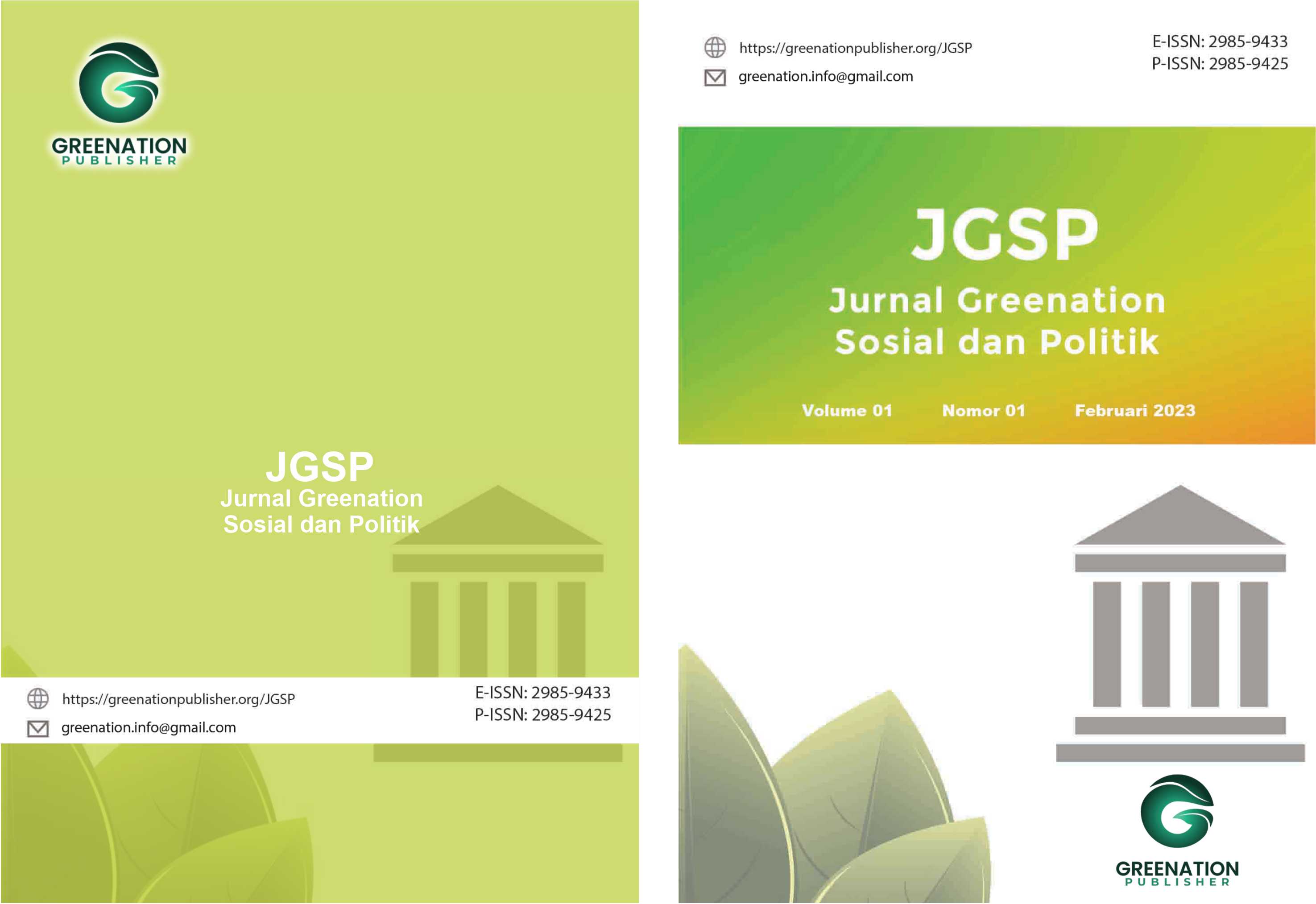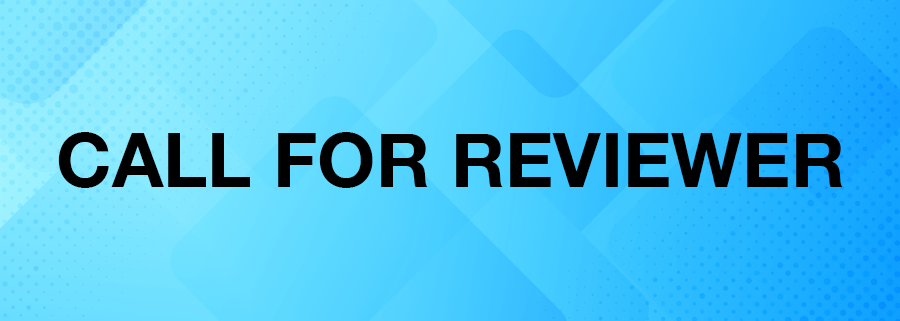Legal Culture and the Challenges of Ethical Enforcement: Legal Reform and Ethical Implications in the Advertising and Promotion of Healthcare Services in Indonesia
DOI:
https://doi.org/10.38035/jgsp.v3i2.360Keywords:
Health Service Advertising, Dental Ethics, Legal RegulationAbstract
The promotion of healthcare services, particularly in the field of dentistry, has rapidly evolved in the digital era. However, this development has not been accompanied by adequate legal regulations, leading to various ethical and legal concerns. This study aims to examine the effectiveness of healthcare advertising regulations in Indonesia, identify violations of medical ethical principles, and propose juridical solutions for fairer and more accountable law enforcement. The findings indicate that weaknesses in oversight, ambiguous legal norms, and poor inter-agency coordination are the primary obstacles to regulatory enforcement. Additionally, a permissive legal culture and excessive professional solidarity further undermine the implementation of the dental code of ethics. Many advertisements have been found to violate principles of honesty, justice, and non-maleficence, and often manipulate consumer perceptions. To address these issues, this study recommends comprehensive regulatory reform, the adoption of digital monitoring technologies, the strengthening of independent ethical bodies, and the protection of the dignity of dental professionals. Public education and cross-sector collaboration are also essential to building a more ethical, transparent, and responsible healthcare promotion system.
References
Adegoke, undefined B. O., Odugbose, undefined T., & Adeyemi, undefined C. (2024). Digital platforms and reproductive health information: Navigating legal and ethical boundaries. International Journal of Life Science Research Updates, 2(2), 10–22. https://doi.org/10.53430/ijlsru.2024.2.2.0024
Alhudha, A. A., Setyonugroho, W., & Pribadi, F. (2024). Health Advertising On Instagram: Is It Effective While Following While Following Ethical Guidelines? Jurnal Administrasi Kesehatan Indonesia, 12(1), 150–161. https://doi.org/10.20473/jaki.v12i1.2024.150-161
Begazo, T., Blimpo, M. P., & Dutz, M. A. (2023). Digital and Data Infrastructure: Stimulating Greater Availability and Use through Policy and Regulatory Reforms.
Chandra, undefined A. R. (2025). The Evolution of Data Engineering: Meeting Modern Regulatory Demands through Technology. International Journal of Scientific Research in Computer Science, Engineering and Information Technology, 11(1), 3089–3096. https://doi.org/10.32628/cseit251112326
Chiu, T. K. F., Falloon, G., Song, Y., Wong, V. W. L., Zhao, L., & Ismailov, M. (2024). A self-determination theory approach to teacher digital competence development. Computers & Education, 214, 105017. https://doi.org/10.1016/j.compedu.2024.105017
Dable, R. A., Musani, S. I., Wasnik, P. B., Nagmode, S. L., & Pawar, B. R. (2014). Is Advertising by Dental Professionals Having a Negative Impact on Consumers?: The Perspectives of Indian Consumers. Health Marketing Quarterly, 31(2), 136–149. https://doi.org/10.1080/07359683.2014.907123
Davis, K. C., Shafer, P. R., Rodes, R., Kim, A., Hansen, H., Patel, D., Coln, C., & Beistle, D. (2016). Does Digital Video Advertising Increase Population-Level Reach of Multimedia Campaigns? Evidence From the 2013 Tips From Former Smokers Campaign. Journal of Medical Internet Research, 18(9). https://doi.org/10.2196/jmir.5683
González?Díaz, C., & Quintas?Froufe, N. (2024). Regulating influencers’ commercial communication: No legislation, hardly any self?regulation and policy recommendations. Policy & Internet, 16(4), 859–878. https://doi.org/10.1002/poi3.411
Gresfullah, A. Z., Purwoko, J., & Nugroho, H. P. (2023). Ethic and Legal Dimension of Medical Treatment on Health Services by Dental Co-Assistant (A Case Study in Sultan Agung Islamic Dental Hospital). SOEPRA, 9(2), 277–288. https://doi.org/10.24167/sjhk.v9i2.5808
Jafree, S. R., Zakar, R., Fischer, F., & Zakar, M. Z. (2015). Ethical violations in the clinical setting: The hidden curriculum learning experience of Pakistani nurses. BMC Medical Ethics, 16(1). https://doi.org/10.1186/s12910-015-0011-2
Jensen, E., Sethi, S., Poirier, B., & Meade, M. (2023). Advertising and general dental practice: How compliant are practice websites in Australia with legal requirements? Australian Dental Journal, 68(2), 92–97. https://doi.org/10.1111/adj.12953
Khidir, H., Salhi, R., Sabbatini, A. K., Franks, N. M., Green, A., Richardson, L. D., Terry, A., Vasquez, N., Goyal, P., Kocher, K., Venkatesh, A. K., & Lin, M. P. (2023). A Quality Framework to Address Racial and Ethnic Disparities in Emergency Department Care. Annals of Emergency Medicine, 81(1), 47–56. https://doi.org/10.1016/j.annemergmed.2022.08.010
Koh, A., Swanepoel, D. W., Ling, A., Ho, B. L., Tan, S. Y., & Lim, J. (2021). Digital health promotion: Promise and peril. Health Promotion International, 36. https://doi.org/10.1093/heapro/daab134
Landers, C., Blasimme, A., & Vayena, E. (2024). Sync Fast and Solve Things—Best Practices For Responsible Digital Health. Npj Digital Medicine, 7(1). https://doi.org/10.1038/s41746-024-01105-9
Maaß, L., Zeeb, H., & Rothgang, H. (2024). International perspectives on measuring national digital public health system maturity through a multidisciplinary Delphi study. Npj Digital Medicine, 7(1). https://doi.org/10.1038/s41746-024-01078-9
Mackert, M. (2011). Health Literacy Knowledge Among Direct-to-Consumer Pharmaceutical Advertising Professionals. Health Communication, 26(6), 525–533. https://doi.org/10.1080/10410236.2011.556084
Magalhães, L. V., RECALDE, T. S. F., COLTRI, M. V., BARBOSA, H. de F., GUIMARÃES, M. A., & SILVA, R. H. A. da. (2018). Dental and medical advertising: Comparative analysis of the rules of professional conduct. RGO - Revista Gaúcha de Odontologia, 66(2), 166–171. https://doi.org/10.1590/1981-8637201800020000103472
Makarim, M. H., & Wijayanto, E. (2024). Digital-Based Health Law System Transformation in Indonesia: Legal Protection For Patients and Healthcare Workers. Dialogia Iuridica, 16(1), 27–48. https://doi.org/10.28932/di.v16i1.9422
Matijevi?, D., Mladenovi?-Jankovi?, S., & Kotevi?, A. (2018). Potentials of health promotion in the digital age: Possibilities and challenges. Zdravstvena Zastita, 47(4), 1–15. https://doi.org/10.5937/zz1802001m
Mugo, M. H. (2024). The Role of Public Health in Promoting Health Literacy. RESEARCH INVENTION JOURNAL OF SCIENTIFIC AND EXPERIMENTAL SCIENCES, 4(1), 35–39. https://doi.org/10.59298/rijses/2024/413539
Mulyana, D., & Verity, F. (2015). Health consumer participation, medical dominance and digital ethics in Indonesia: The Prita Case. Health Sociology Review, 25(3), 300–311. https://doi.org/10.1080/14461242.2015.1116021
Nikolaidis, A. C., Beever, J., Kuebler, S. M., & Pinkert, L. A. (2024). From education to enculturation: Rethinking the development of ethical professionals in higher education. International Journal of Ethics Education, 9(2), 307–327. https://doi.org/10.1007/s40889-024-00194-0
Ozturk, A. (2025). Pharmaceutical Marketing and Public Health: Conscious Consumption or Manipulation. South Eastern European Journal of Public Health, 5519–5541. https://doi.org/10.70135/seejph.vi.5214
Pratistita, M. W., & Syahuri, T. (2023). Analisis Hukum Tentang Peran Media Sosial Sebagai Sarana Promosi Kesehatan. JURNAL RECHTENS, 12(2), 225–238. https://doi.org/10.56013/rechtens.v12i2.2453
Pudyastuti, R. R., Tomasoa, J., Horhoruw, A., & Martsiningsih, M. A. (2024). The Role Of Digital Health Technology In Enhancing Health Promotion Campaigns: A Case Study From A Resource Imites Region. Oshada, 1(4), 14–28. https://doi.org/10.62872/1tng5802
Reed, P., & Caruana, J. (2024). Fostering Medical Students’ Commitment to Beneficence in Ethics Education. Voices in Bioethics, 10. https://doi.org/10.52214/vib.v10i.12045
Republik Indonesia. (2023). Undang-Undang Republik Indonesia Nomor 17 Tahun 2023 tentang Kesehatan.
Republik Indonesia. (2024). Peraturan Pemerintah Nomor 28 Tahun 2024 tentang Peraturan Pelaksanaan Undang-Undang Nomor 17 Tahun 2023 tentang Kesehatan.
Savu, E.-C. (2025). Trends regarding Legal Profession Advertising. Bulletin of the Transilvania University of Bra?ov. Series VII: Social Sciences • Law, 187–192. https://doi.org/10.31926/but.ssl.2024.17.66.3.22
Schevitz, J. (2010). Advertising As a Force in Public Health Education. American Journal of Public Health, 100(7), 1202–1204. https://doi.org/10.2105/ajph.100.7.1202
Sharma, N., & Sharma, T. (2021). Promoting Health Education through Social Advertising and Technology for Health Awareness Management. 2021 9th International Conference on Cyber and IT Service Management (CITSM), 1–6. https://doi.org/10.1109/citsm52892.2021.9588912
Shaw, D. (2009). Ethics, professionalism and fitness to practise: Three concepts, not one. British Dental Journal, 207(2), 59–62. https://doi.org/10.1038/sj.bdj.2009.606
Strycharz, J., & Duivenvoorde, B. (2021). The exploitation of vulnerability through personalised marketing communication: Are consumers protected? Internet Policy Review, 10(4). https://doi.org/10.14763/2021.4.1585
Tatlow?Golden, M., Jewell, J., Zhiteneva, O., Wickramasinghe, K., Breda, J., & Boyland, E. (2021). Rising to the challenge: Introducing protocols to monitor food marketing to children from the World Health Organization Regional Office for Europe. Obesity Reviews, 22. https://doi.org/10.1111/obr.13212
Vasist, P. N., & Krishnan, S. (2024). Navigating the Ethical Terrain Around the Challenges of Fake News and False Narratives: An Integrative Literature Review and a Proposed Agenda for Future Research. Journal of Business Ethics, 196(2), 473–493. https://doi.org/10.1007/s10551-024-05686-z
Downloads
Published
How to Cite
Issue
Section
License
Copyright (c) 2025 Aditya Pratama Sarwono, Faisal Santiago

This work is licensed under a Creative Commons Attribution 4.0 International License.
Hak cipta :
Penulis yang mempublikasikan manuskripnya di jurnal ini menyetujui ketentuan berikut:
- Hak cipta pada setiap artikel adalah milik penulis.
- Penulis mengakui bahwa Jurnal Greenation Sosial dan Politik (JGSP) berhak menjadi yang pertama menerbitkan dengan lisensi Creative Commons Attribution 4.0 International (Attribution 4.0 International CC BY 4.0) .
- Penulis dapat mengirimkan artikel secara terpisah, mengatur distribusi non-eksklusif manuskrip yang telah diterbitkan dalam jurnal ini ke versi lain (misalnya, dikirim ke repositori institusi penulis, publikasi ke dalam buku, dll.), dengan mengakui bahwa manuskrip telah diterbitkan pertama kali di JGSP.
























